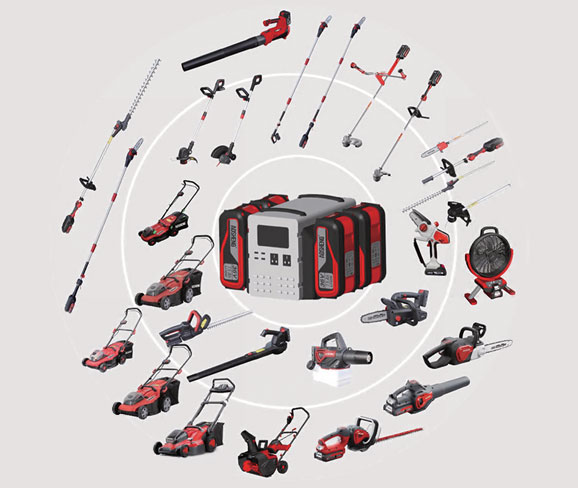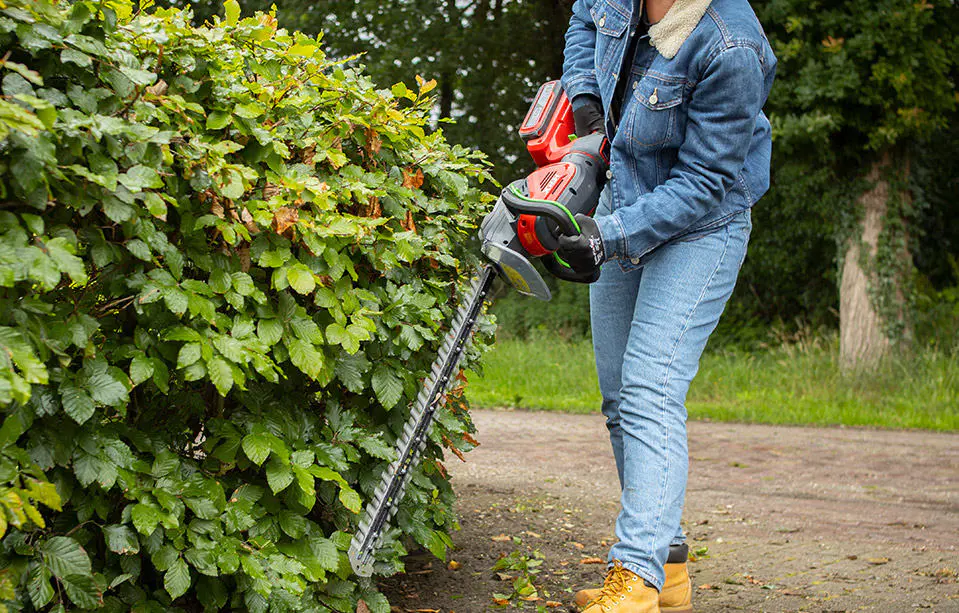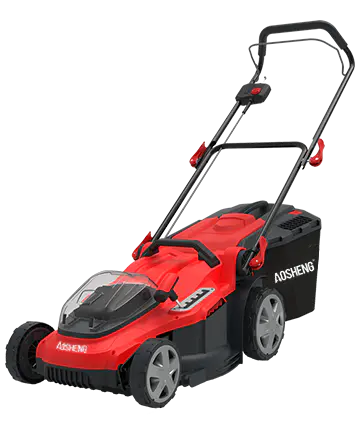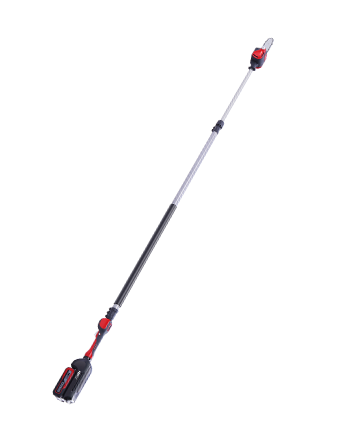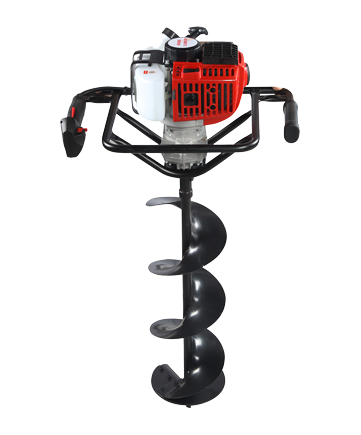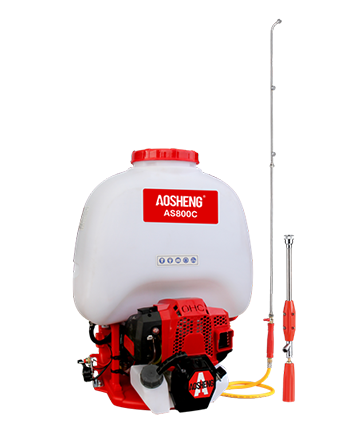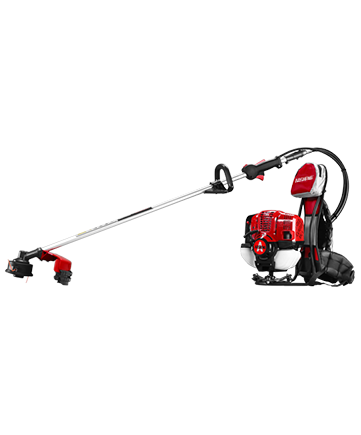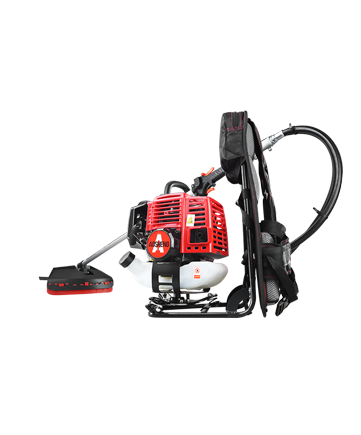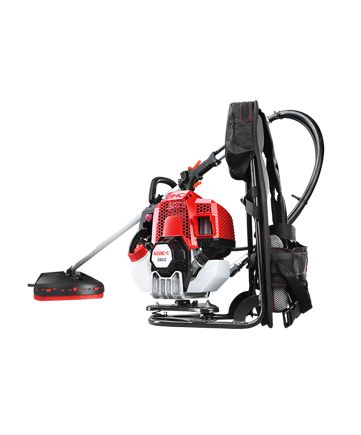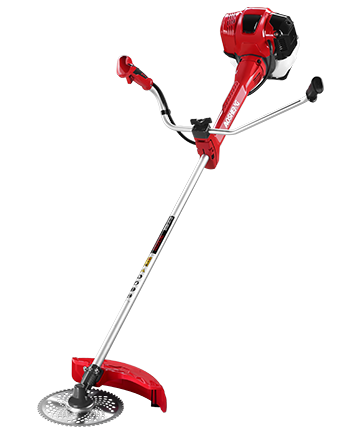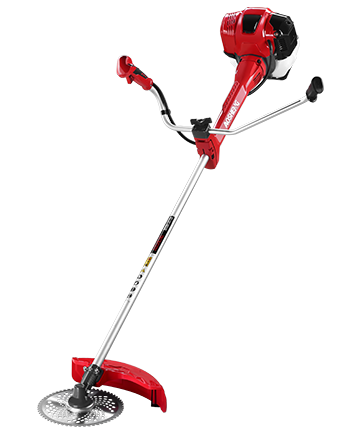1. Use hydrochloric acid
When removing scale from cast iron cylinder blocks, etc., the hydrochloric acid with a concentration of 8%-10% and a solution of rhodine corrosion inhibitor equal to 3% of the amount of hydrochloric acid can be heated to 50-60℃ and injected into the water jacket. After immersing for 2 to 3 hours Drain, and then wash it with an aqueous solution of potassium dichromate, or inject a 5% caustic soda aqueous solution into the water jacket to neutralize the remaining acid solution. Then rinse several times with clean water until it is clean. This method is suitable for removing scale whose main components are calcium carbonate and calcium sulfate.
2. Remove with caustic soda solution
For scale with silicate as the main component, 2% to 3% caustic soda water solution can be added to the cooling system, and the standby car will be released after driving for 1 to 2 days. Rinse with clean water, then repeat it again, thoroughly rinse and cool with clean water system.
1. Degrease with alkaline solution
To remove animal and vegetable oils and mineral oils on the surface of steel parts, an alkaline solution can be used to add a small amount of emulsifier, and it can be cleaned after heating. If pressure injection is used, the oil removal effect will be better. After cleaning, use heated water spray to rinse off the residual alkaline solution on the surface of the parts.
2. Degreasing with organic solvents
In order to prevent the alkali solution from violently corroding precision parts (such as high-pressure fuel pumps, fuel injectors, etc.), organic solvents such as gasoline, kerosene, diesel, alcohol, etc. can generally be used to clean such parts without heating.
3. Degrease with aluminum alloy cleaning fluid
Because the alkaline solution has a strong corrosive effect on aluminum alloy, and the organic solvent is costly, when more aluminum alloy parts need to be repaired, aluminum alloy cleaning fluid can be configured for cleaning. Generally, it is prepared with sodium silicate or sodium carbonate solution and a small amount of potassium dichromate, and a good cleaning effect can be obtained by heating to 60-70°C.
1. Mechanical Law
Generally, metal brushes, shovel blades and broken piston rings can be used to remove carbon deposits. However, because this method is easy to scratch the surface of the parts, emery cloth and steel scrapers should not be used to remove the carbon deposits on precision parts. Wooden, bamboo or copper scrapers can be used to remove them, or they can be wiped back and forth on the cork board. . After removing the carbon deposits on the parts mechanically, it must be cleaned carefully with oil. This method is simple to operate and does not require equipment, but the disadvantage is that the carbon deposits in the hard-to-reach parts are not easy to clean.
2. The chemical method puts the parts in the prepared chemical solution, soaks for a period of time to soften the carbon deposits, and then takes out the parts, wipes the carbon deposits with a brush or cotton thread, and washes them with hot water. It's dry.

 English
English Español
Español
